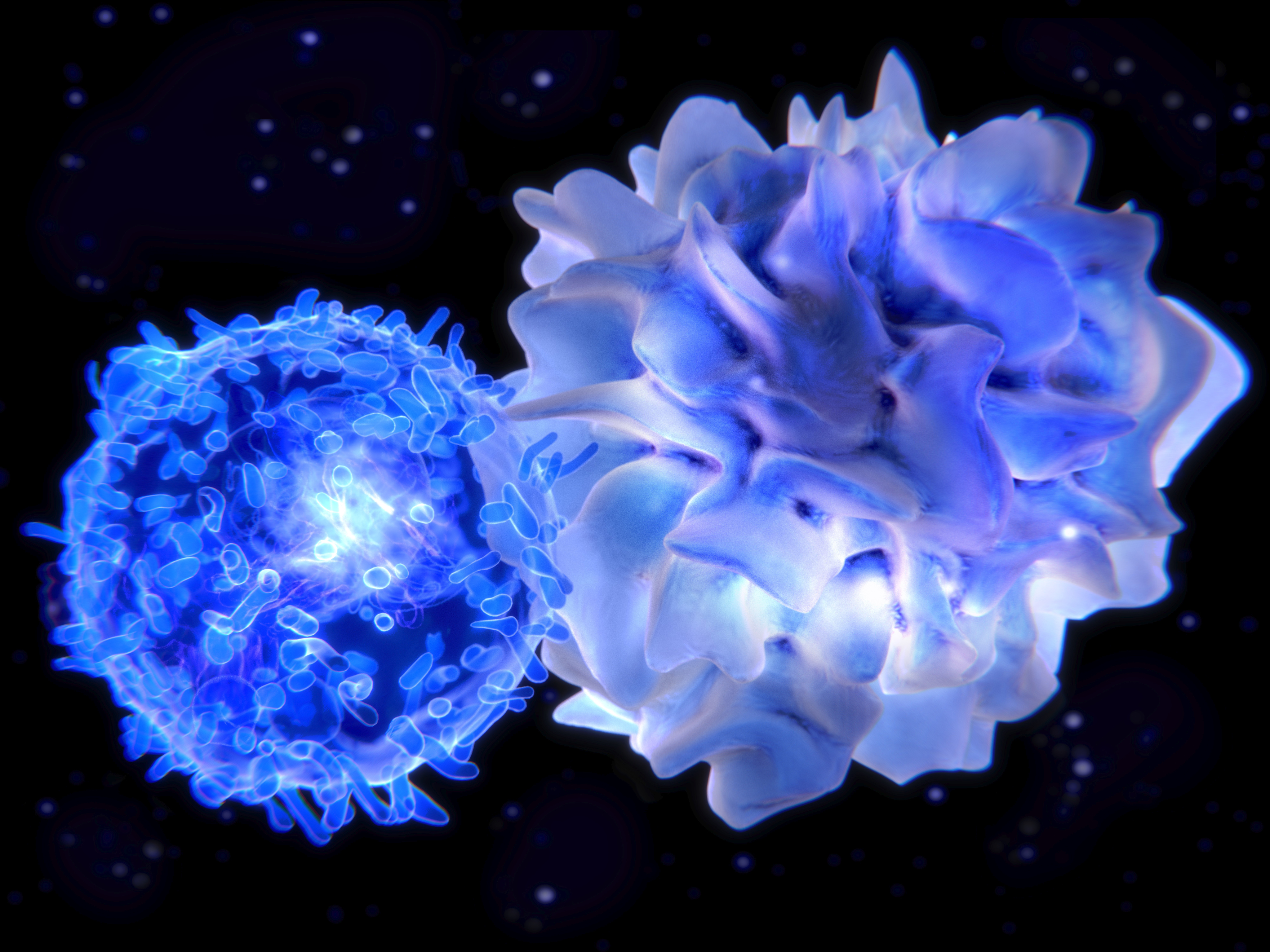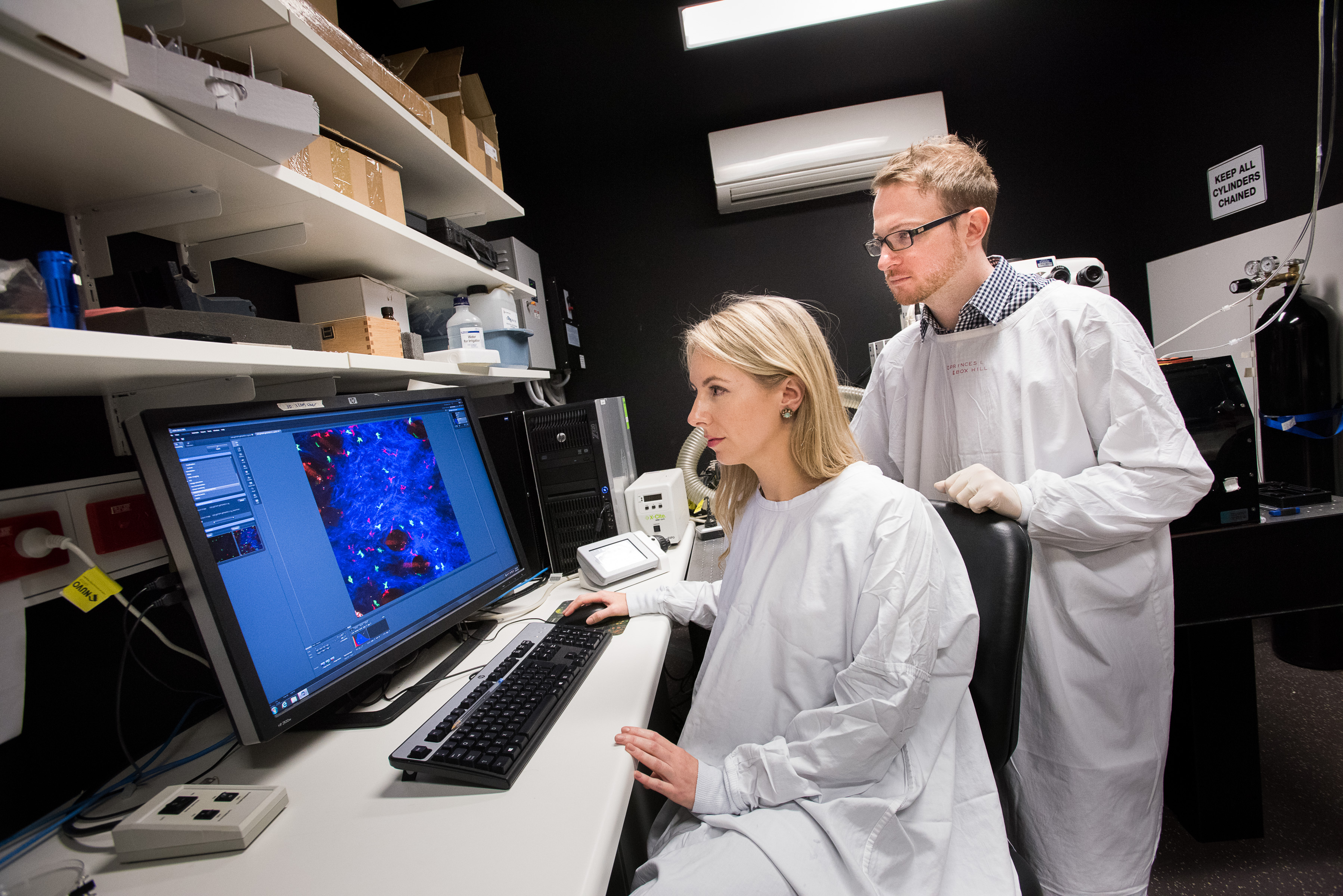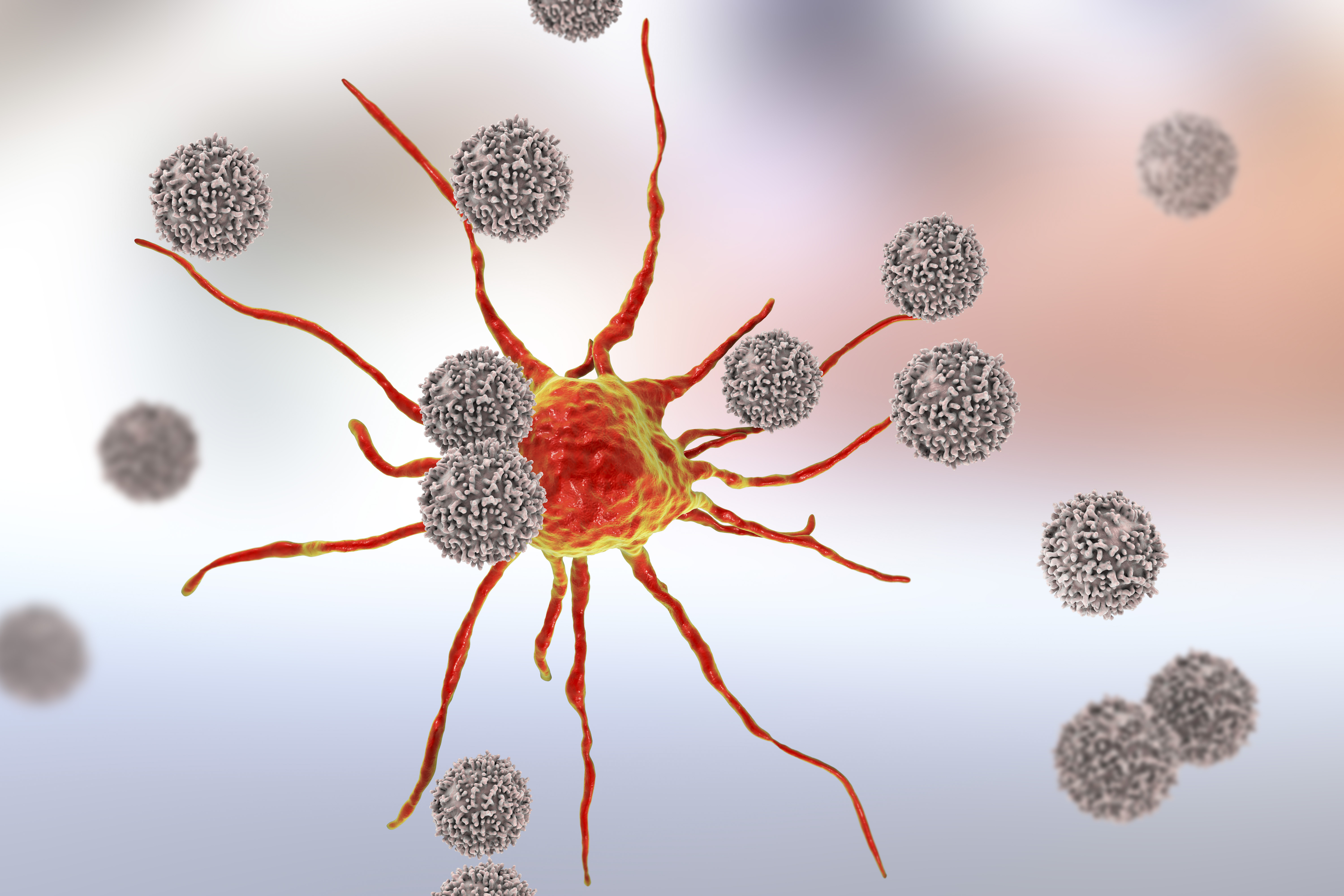
Health & Medicine
Why are women ignored by medical research?

For T cell researcher Professor Laura Mackay, science wasn’t on the cards until a bout of glandular fever inspired a drive to piece together the puzzle that is our immune system
Published 7 March 2020
As a child I wanted to be an artist, not a scientist. But my mum, who was an artist, wanted me to do a “sensible” degree – she was concerned that it’s tough to have a stable job as an artist.
So when I went to university in the UK, I did a degree in biology.
The irony, of course, is that you never have an entirely stable job in science either. During the first couple of years of my degree I didn’t take it very seriously, and science as a career wasn’t on the cards for me at all.

Then in the third year of my degree, everything changed when I contracted glandular fever. Studying immunology coincided with having an infection that made me feel terrible.
I’m a “fixer”, so I started to research what was wrong with me and what could be done about it.
Until that point, science had largely just been learning from textbooks and recalling information. By doing self-directed research, I started to realise how completely fascinating viruses and the immune system are.
I absolutely fell in love with immunology and went on to do my PhD on the immune response to Epstein-Barr virus – the virus that causes glandular fever.

Health & Medicine
Why are women ignored by medical research?
It was while studying for my PhD that I became obsessed with research. My mentor was world expert Professor Alan Rickinson, at the University of Birmingham. He had actually worked with Tony Epstein and Yvonne Barr, who had first discovered the virus.
I began researching the role of T cells, a type of white blood cell that combats viral infection which I’ve been researching ever since.
Alan gave me free rein and I found research was totally creative and exciting. I don’t draw artistically much these days, but sketch out my scientific ideas all the time.
When I dream about a problem or an ongoing issue in the lab, I wake up and think “was it that molecule we should look at?” and I’d draw out the molecular pathways of how something might theoretically work.
By researching T cells I realised how amazing they are – they can fight HIV, malaria and cancer. I began looking around for post-doctoral opportunities in T cell research. I went to a Keystone conference in the US where Professor Frank Carbone, from the University of Melbourne, presented his then unpublished work on tissue-resident memory T cells (Trms).

Until this point T cell research had largely focused on T cells that circulate in the blood, but Trms are specialised to operate in tissues of the body such as the skin, where they can more effectively control localised virus infections.
Listening to him I was just blown away and decided right then and there to ask him for a post-doc position in Melbourne. I was nervous just going up to him cold because I can be pretty shy, but sometimes you just need to do it. And he said “sure”.
It was the best and worst time of my life. It was the best time because the work was so exciting. But it was a high-pressure situation – working in a highly competitive field, plus the pressure to publish and win grants.
And it is soul destroying when no matter how hard you push or how many hours you work, sometimes your experiments just don’t work or go anywhere and you can’t see the wood for the trees.

Sciences & Technology
On the hunt for ancient reefs
That is why it can be tough for young researchers working on single projects. In that respect, being head of a lab is somewhat easier because you can put projects that aren’t working aside for a while and work on something else before coming back to them.
I have had projects that have been dead for years that I’ve been able to reinvigorate in the wake of new discoveries or new technology.
My turning point came when for the first time I was able to demonstrate that embedded Trms could stop a skin infection. We were vaccinating mice by embedding Trm in the skin and then subsequently infecting that skin site with herpes simplex virus.
This is a virus that causes an ulcer-like lesion on the skin, so you can really see when you’ve stopped the infection. That’s when I realised that this stuff really works!
The end game now is to work out how to engineer and boost the numbers of Trms where you want them so they can better fight infections. Just a few years ago this was a bit of a pipe dream, but so many people are working in this area of research now that Trm-based therapies are very possible.

There are already Phase 1 clinical trials underway for embedding Trms in the liver to treat malaria, as well as for embedding them in the mucosa to fight simian immunodeficiency virus (SIV), which is the primate version of HIV.
Our team is now also working with pharmaceutical companies to design drugs that target molecules to boost Trms.
What I worry most about in the Australian research sector is funding for discovery research. There is a real push now towards funding translational research that is focused on applying discoveries.
But if that comes at the expense of funding basic research, it will discourage researchers from doing ‘blue-sky’ research and making discoveries – the danger is that then the discovery pipeline will run out and there will be fewer ideas left to translate.

Like many fields, medical research can be a bit of a boys club. It can be intimidating to be the only woman in the room. It’s getting better all the time, but I’ve had some horrifically condescending things said to me. You have to develop a thick skin.
Just from observation, I don’t think women put themselves forward as much as men and this means women can be overlooked. You have to be prepared to stand up for yourself and sometimes have the difficult conversations.
It isn’t easy and it certainly goes against my nature, but every time I’ve had a tough conversation I’m always happy that I did.
I never planned to be a laboratory head. I really enjoyed my time as a post-doctoral researcher focused on the fun stuff that is making breakthroughs and solving puzzles. But then you get grants and fellowships and suddenly you can employ people and start to build a team.

Health & Medicine
Seeing inside arthritis
I find that a huge responsibility, mentoring young scientists and keeping different projects on track. But as a team, and together with collaborators, the work we can do now is incredibly broad.
I know it sounds cheesy but the research is so fun and so collaborative. It’s what has always surprised me.
– As told to Andrew Trounson
Banner: A computer illustration of a T cell interacting with another part of the immune system, a dendritic cell. Picture: Getty Images